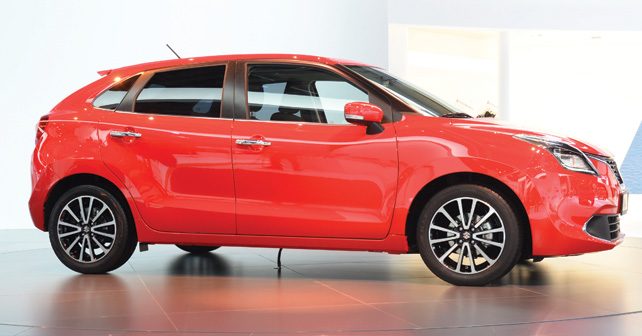
Siddharth feels that Indian buyers have now matured enough to accept, and in fact demand, world-class premium hatchbacks.
It’s a question that I’ve asked (in my head) for a while. And the practicality of asking it out loud is slowly becoming a reality in the Indian context. It wasn’t too long ago that the Indian car buyer believed that you bought a hatchback because you couldn’t really afford a bigger car. It was almost always a partial (if not complete) compromise dictated solely by budget. So much has changed on that front. The Hyundai Getz was India’s first premium hatch in the true sense. And no it wasn’t the Maruti Suzuki Swift, as that car was smaller – and still is.
But if you look at this globally, the Getz segment is called super-mini – not premium hatchback! Premium hatchback, instead, is a title claimed by the likes of the Mercedes-Benz A-Class. But coming back to India, the situation for this segment has evolved from being a 3,000 units-a-month market to over 30,000. Hyundai alone has sold 16,000 units of its i20 in a single month for several months this year.
This points to the fact that consumers today care about the practicality of a hatch, but still want all the bells and whistles – features wise – and also demand great styling, premium interior trim, and good performance. The current generation i20, for instance, drives much better than several Hyundai of yore – and, I dare say, is way better looking too. It’s also the reason why Maruti Suzuki has finally stopped screaming that the Swift is indeed its answer to this segment, and has stepped up its game with the new Baleno.
The Baleno revives a nameplate that was formerly used by a sedan (and wagon) in India years ago. It’s based on the ik-2 concept that Suzuki showed at this year’s Geneva Motor Show in March. And just like we got the new-gen i20 well before the rest of the world, the Baleno arrives at the end of this month – while Europe and the rest of the world won’t see it on sale till the spring of 2016. In fact, Hyundai even debuted the i20 in India ahead of its global unveil at the Paris Motor Show in September of 2014. So Suzuki has done it right, by taking the wraps off the production model at the recently concluded Frankfurt Motor Show.
Initial reactions suggest that people would have liked the new Baleno to be more stylish to look at – a view that I share. But, for me, there are two clear arrows in its quiver that will help the Baleno succeed in India – and it’s not the fact that it’ll sport a CVT variant or be the first to have Apple Car Play. First, it’s the fact that the car is roomy – very roomy – and also looks it. Visually, the car looks big when viewed from the side, and also appears longer than its 3,995mm length. And, yes, the cabin is roomy too – with generous legroom and decent headroom at the rear. The second is perhaps the more important factor – at the end of the day it has a huge inherent advantage just by being a Maruti in India. But, for this strength to bear fruit, Maruti Suzuki needs to ensure its Nexa experiment works too – because the Baleno will be sold only through the Nexa network.
So, will the Baleno be priced right or will Maruti miss the mark like it did with the S-Cross? Well, we’ll have to wait till the end of the month to find out. Will it topple the i20? The answer to that question will come a few months from now. But I do hope that this segment continues to grow. Not just in new model terms, but also in terms of innovation, features, and better driveability.
So, back to the initial thought then. I feel that Indian buyers are now ready to accept cars like the Volkswagen Golf, Opel Astra, Hyundai i30 and Ford Focus – and all in their hatchback (and not their sedan) forms. Do you agree? I certainly hope so...

















Write your Comment